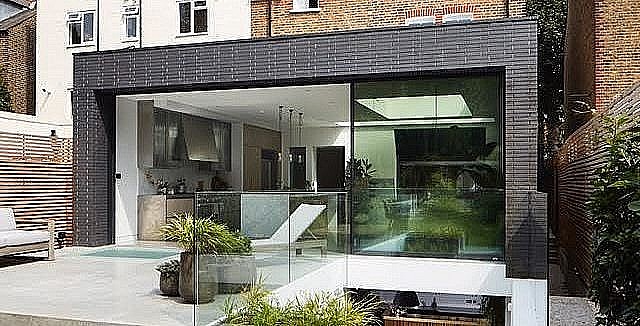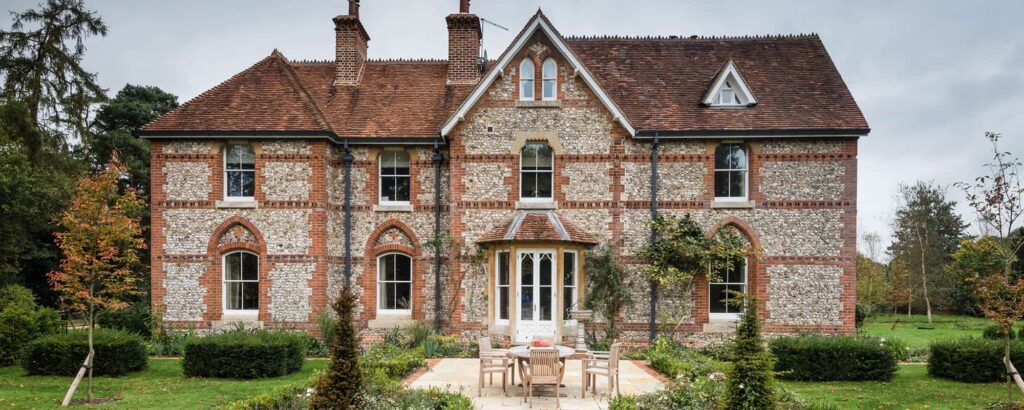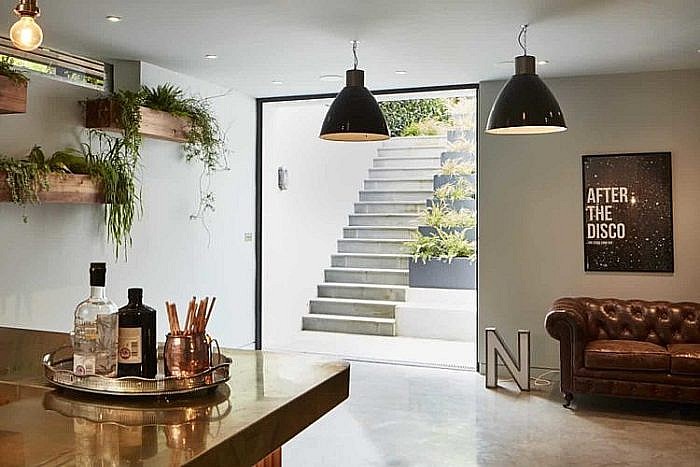Property Renovation – How to get the perfect glass box extension?

We enjoyed this article by Sarah Warwick in “Real Homes,” on glass box extensions as a part of your property renovation project. We’d like to share it with you.HOW MUCH WILL A GLASS EXTENSION COST?‘While a conservatory can be a relatively inexpensive alternative to a more solid extension, a glass extension will almost certainly be more costly.‘You will probably want […]
Renovation Properties – How to find a property in need of renovation?

When you are looking for a home or property to buy, in our view, there are three ‘types’ of properties you could go for; The “Diamond”– This is a home that is ready for you to move into with no renovation work needed. It’s what you wanted, but as everything is new and fresh, you […]
Dig Deep to find extra space… says the Telegraph

We enjoyed reading this article in The Telegraph by Caroline McGhie on “extending” downwards to add space to your home. In this article, Christopher and Jane Cremer built a base room of about 30sq m in their garden, behind their four-bedroom terrace house in Ilford, Essex.As basement specialists, we understand the complexities of building basements and […]
SDA Build featured in the June issue of i-build magazine

We were delighted to be featured in the June 2018 issue of i-build magazine. A new owner and a new vision for a Victorian property in the heart of London. We are grateful to Melinda and Chris Swann for giving us this opportunity.i-build is one of the UK’s leading building publications featuring exciting building projects, tips […]
Property Renovation – Flat Roof vs Pitched Roof

If you are considering building an extension, one of the decisions you will need to make is whether to opt for a flat roof or a pitched roof. Both have their merits and will depend on several factors including your budget, the desired look of your home and the height of your extension. At SDA […]
Property Refurbishment – Thinking about knocking down walls in your home?

Altering the internal configurations of your home is sometimes an easier and cost-effective way to increase space than undertake the challenges of building extensions…